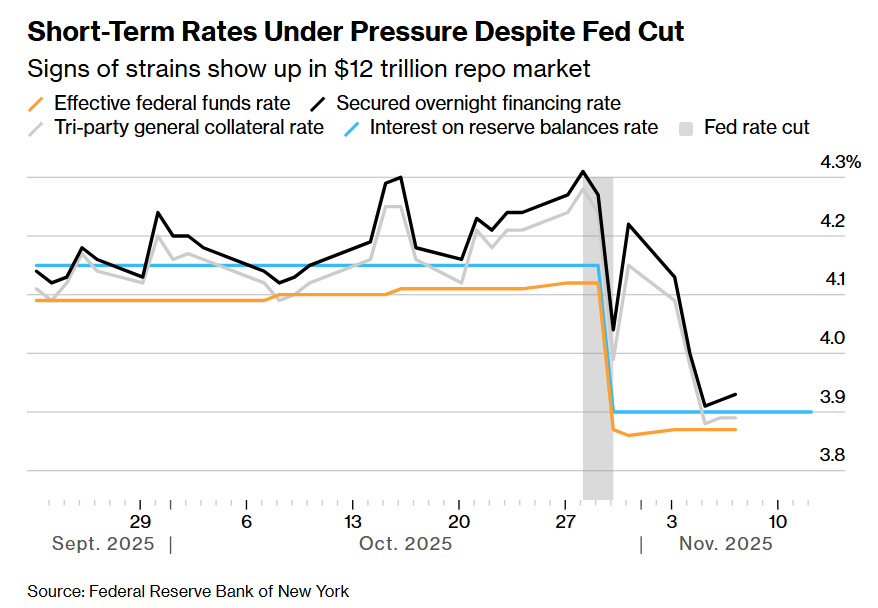XRP vs. Remittix (RTX): Which Altcoin Will Reach Its Price Target First?
- XRP and RTX emerge as top 2025 crypto contenders, competing on real-world utility and adoption paths. - XRP gains institutional traction via RWA tokenization ($131.6M+ on XRPL) and $2.5B+ cross-border payment volume through Ripple's ODL. - RTX disrupts PayFi with 1.2M users, 400K+ transactions, and 10% fee burn mechanism, targeting 7,500% returns by 2025. - XRP's $3.65-$5.80 price target depends on SEC stability, while RTX's $5-$7 goal relies on execution-driven user growth.
The 2025 crypto landscape is a battleground of innovation and execution, with XRP and Remittix (RTX) emerging as two of the most compelling contenders. Both projects promise real-world utility, but their paths to adoption—and the feasibility of their price targets—differ dramatically. Let’s dissect their strengths, risks, and the data-driven factors that could determine which altcoin hits its 2025 price goal first.
XRP: Institutional Adoption and RWA Dominance
XRP’s resurgence in 2025 is anchored by its role in tokenizing real-world assets (RWA) and cross-border payments. The XRP Ledger (XRPL) now hosts $131.6 million in tokenized assets, outpacing Ethereum and Bitcoin , thanks to its 3–5 second settlement times and $0.0002 fees [1]. Institutions like Guggenheim and Ondo are leveraging XRPL for digital commercial paper and treasury funds, creating a flywheel of liquidity and transparency [2]. Ripple’s strategic partnerships, including a $2.5 billion yen investment from Japanese gaming giant Gumi, further cement XRP’s utility in reducing transaction costs for global financial networks [3].
Regulatory clarity has also shifted in XRP’s favor. The U.S. SEC’s August 2025 reclassification of XRP as a commodity unlocked retail access via ETFs like the $1.2 billion ProShares Ultra XRP ETF [5]. Meanwhile, Ripple’s RLUSD stablecoin, with a $65.9 million market cap, is becoming a cornerstone for institutional settlements [3]. Analysts project XRP could reach $3.65–$5.80 by year-end, driven by RWA growth and ODL’s $1.3 trillion in processed cross-border payments [6].
RTX: PayFi’s Disruptive Scalability
Remittix (RTX) is carving its niche in the PayFi sector, offering a deflationary model and real-time crypto-to-fiat conversions across 30+ countries. With 1.2 million users and 400,000 transactions processed, RTX’s platform supports 40+ cryptocurrencies and 30+ fiat currencies, making it a versatile tool for cross-border remittances [1]. Its 10% transaction fee burn mechanism creates scarcity, while strategic listings on BitMart and LBank enhance liquidity [4].
RTX’s Q3 2025 beta wallet launch, supporting 40+ cryptocurrencies and 30+ fiat currencies, is a critical catalyst for adoption [3]. Analysts project a 7,500% return by late 2025, with price targets at $5–$7 [2]. Unlike XRP’s institutional focus, RTX’s growth is driven by product execution and user acquisition, offering a more deterministic path to value creation [4].
Price Targets: Feasibility and Risks
XRP’s price trajectory hinges on macroeconomic factors and regulatory stability. While bullish models forecast $4–$5 by year-end, support levels at $2.78 and $2.51 remain vulnerable to market volatility [1]. RTX , priced at $0.10, faces less regulatory scrutiny but must scale its user base and maintain low fees to sustain momentum [2].
Conclusion: Utility vs. Execution
XRP’s institutional RWA adoption and regulatory tailwinds position it as a long-term store of value, but its price targets depend on external factors like SEC rulings. RTX, with its deflationary model and PayFi utility, offers a more immediate growth story, albeit with higher scalability risks. For investors prioritizing real-world utility and execution-driven momentum, RTX’s 2025 price target appears more attainable. However, XRP’s ecosystem-wide partnerships and RWA dominance make it a safer bet for those betting on institutional blockchain adoption.
Disclaimer: The content of this article solely reflects the author's opinion and does not represent the platform in any capacity. This article is not intended to serve as a reference for making investment decisions.
You may also like
The 12 trillion financing market is in crisis! Institutions urge the Federal Reserve to step up rescue efforts
Wall Street financing costs are rising, highlighting signs of liquidity tightening. Although the Federal Reserve will stop quantitative tightening in December, institutions believe this is not enough and are calling on the Fed to resume bond purchases or increase short-term lending to ease the pressure.

Another Trump 2.0 era tragedy! The largest yen long position in nearly 40 years collapses
As the yen exchange rate hits a nine-month low, investors are pulling back from long positions. With a 300 basis point interest rate differential between the US and Japan, carry trades are dominating the market, putting the yen at further risk of depreciation.
Is a "cliff" in Russian oil production coming? IEA warns: US sanctions on Russia may have "far-reaching consequences"!
U.S. sanctions have dealt a heavy blow to Russia’s oil giants, and the IEA says this could have the most profound impact on the global oil market so far. Although Russian oil exports have not yet seen a significant decline, supply chain risks are spreading across borders.
Leading DEXs on Base and OP will merge and expand deployment to Arc and Ethereum
Uniswap's new proposal reduces LP earnings, while Aero integrates LPs into the entire protocol's cash flow.
